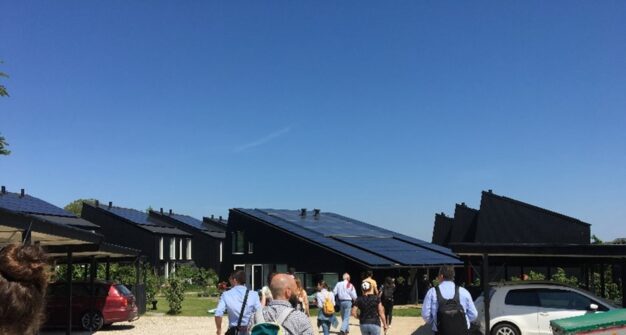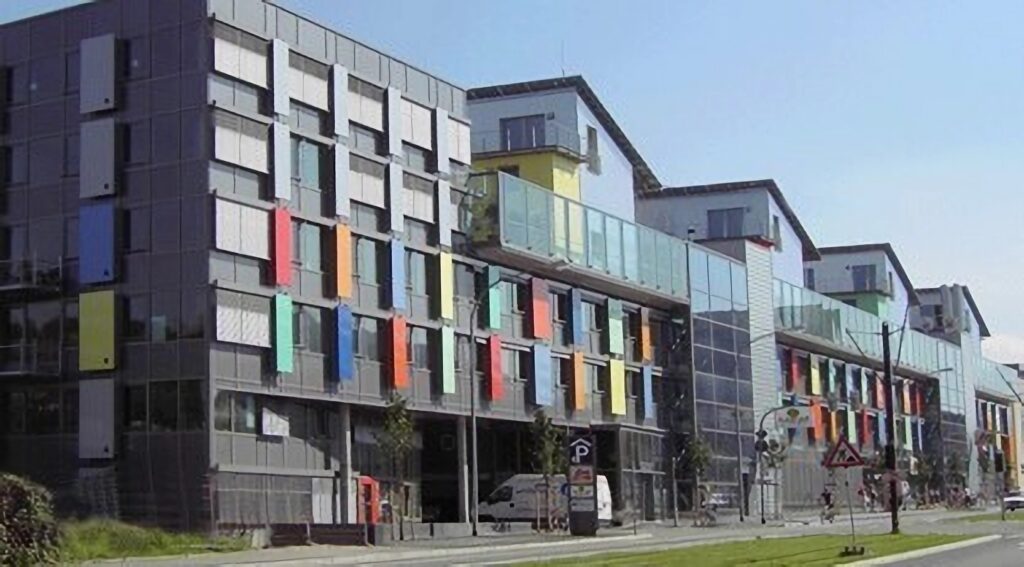Positive Energy Neighbourhoods
POSITIVE ENERGY
GREEN URBANISM RELATED
TO ENERGY CONSUMPTION
Introduction
Positive Energy Neighbourhoods are energy-efficient and energy-flexible urban areas or groups of connected buildings which produce net zero greenhouse gas emissions and actively manage an annual local or regional surplus production of renewable energy.
Description
Cities consume two thirds of energy supply, and 70% of CO2 emissions come from urban environments, thus a new urban concept has been introduced. Positive Energy Districts/Neighbourhoods (PED/PEN) are urban areas or groups of connected buildings which can produce more local renewable energy than its own consumption, and can manage, store, and distribute it to deliver neighbourhood services in a proper way.
In order to make them real, the first step is ensuring high efficiency in the building, industry and transportation sectors. After achieving it, less energy is needed and the energy demand can be met by using renewable energy sources. In order to deliver the necessary amount of energy to each point in the PED, the integration of different systems and infrastructures as well as interaction between buildings, users, and the regional energy, mobility and ICT systems are required. Securing the energy supply this way is in line with social, economic and environmental sustainability, while it also contributes to the well-being of the local citizens.
To achieve PEN/PEDs, energy efficiency is essential; the energy system transformation incorporates socio-economic, technological, environmental, political and institutional challenges that need to be tackled simultaneously.

Main Features
- High efficiency standards.
- Production of more energy from renewables than the needed amount.
- High-quality indoor environment.

Source: Owned by DPG in a study visit of ESMARTCITY project
Advantages and challenges
+ A neighbourhood approach enables multiple synergies that can help to decarbonise the building stock in a more cost-effective way while incorporating the collective social potential of energy solutions.
+ Peak energy savings.
+ Less energy dependence and improved stability.
+ Boosting local economy as operation and maintenance of all systems stay local and energy savings/revenues can be achieved.
+ The creation of substantial opportunities for the positioning of novel technologies and smart solutions.
+ Increasing connection between key stakeholders.
– Lack of interdisciplinary project teams and knowledge to apply it.
– Need for the change of different city streams that are not easy to achieve.


